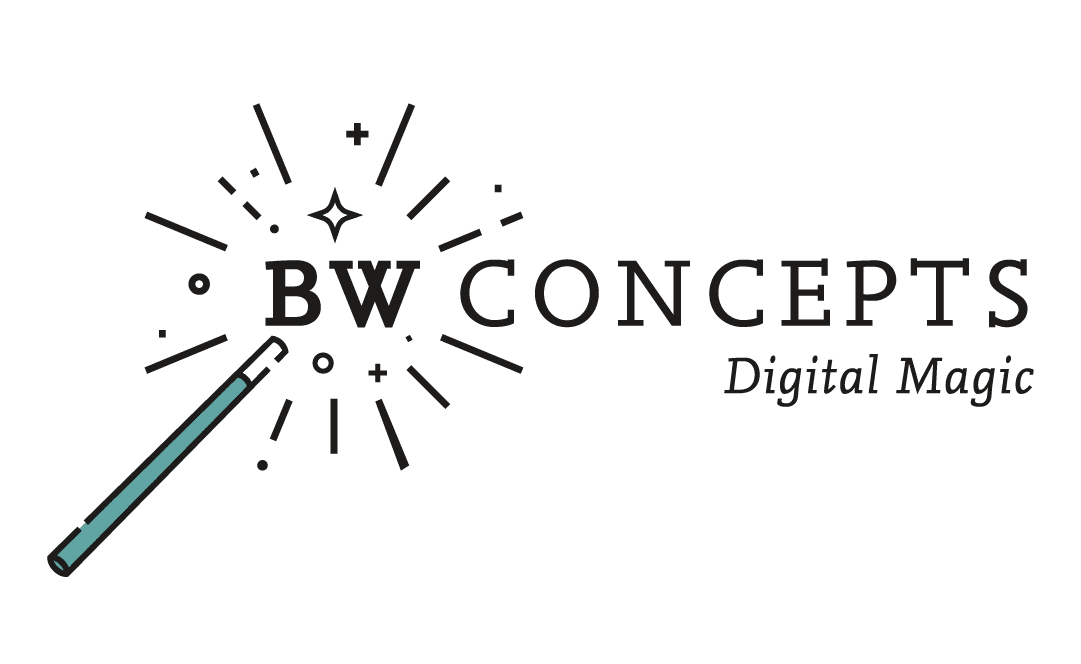Blog
Can a Blog Really Boost Your Business Website’s SEO?

Obviously, the answer is yes. Otherwise, I would be writing myself out of business.
OK, but how does a blog boost your SEO? So first, I want to point out the difference between paid versus organic SEO. We are talking about the latter, basically the free kind, not the Google Ad Words kind. GAW are fine too, but organic is just cheaper and has been shown to be more desirable to site visitors.
Macro Content
To explain macro content, it only makes sense to touch on micro content too. Micro content is just that: small. It’s easy to digest tidbits of information. Think social media posts, tweets, short videos. They’re like the appetizers at a dinner party—just a little something for your guests.
Macro content is most often found in blog posts. It’s the whole meal: appetizers to dessert. This is the long, more detailed way of expressing an idea, thought, or story. The reason macro content is important for SEO is that it includes keywords and long-tail keywords—or more specific phrases like “does a blog help SEO.”
In addition to those keywords, the length of a blog post is important for optimizing SEO. Generally, a blog post should be at least 300 words with cornerstone content 500+ words. And the length of the title needs to be macro too. Depending on the length of your post, you may lose a potential reader if it’s not descriptive enough. On the flip side, if the title is too long, it will likely get cut off in the title tag displayed in search engine results. Keeping titles to 50–60 characters is the sweet spot between descriptive and fully optimized.
Behind the Scenes
While the part of a blog that a reader sees is obviously important, the behind-the-scenes part is equally important for SEO. Blog posts that are just a stream of consciousness won’t cut it; the structure of the blog is super important as well. This includes:

While a person could most likely sort through a jumbled blog post, a computer cannot. Having these details coded into a post allows a web crawler to more quickly and efficiently “read” and then decipher what the post is about.
Google Ranking Factors
Google uses a list of more than 200 standards to grade your website. The more standards your website meets, the more favorable score it receives. That score is then used to rank your site in a list of results of a query.
While there are 200+ factors, there are a few that are easily reached with blogging:
- Content: freshness, quality in terms of grammar and spelling, the magnitude of updates (macro content!), and frequency of updates.
- Links: both internal and external links and the quality of the link (i.e., are you linking to something relevant?).
- Headers: in posts and throughout the site—is it easy to know where a section begins and ends?
- Images: having images is important but also ensuring that images are optimized correctly is key.
- Security: a site without a security certificate is a huge downgrade. Ensure your site’s certificate is up to date—look for the “s” in “https” in your URL. If it’s not there, your site isn’t secure. Check with your hosting service or platform to have it added.
BW Concepts Can Help
I always enjoy talking with people about their business. If you’re ready to get your business blog off the ground, I can help in a few ways. BW Concepts assists in creating content calendars only all the way to full-scale blogs. Everything from idea generation to publishing, we can do it all! In addition, I am an expert at developing strategic content for small businesses that feed not only blogs but social media posts and newsletters too. I make each of these aspects work together to create interesting, attractive, and—most importantly—effective digital content. Drop me a line and let’s chat about how BW Concepts can get your digital footprint to the next level.










